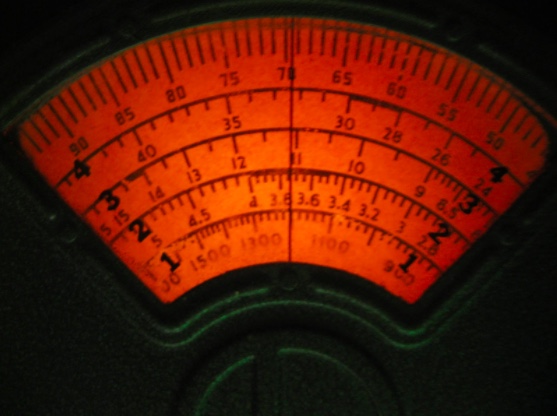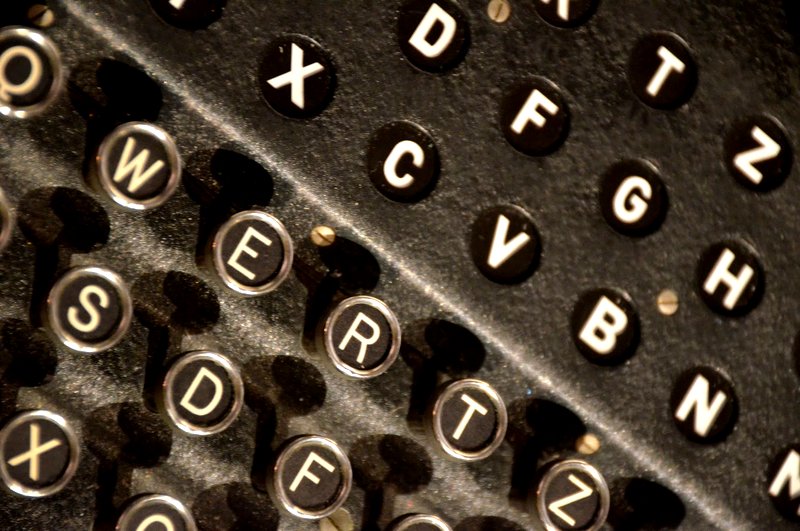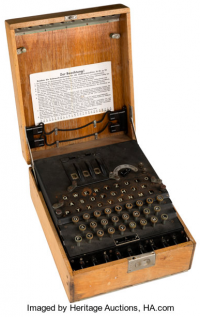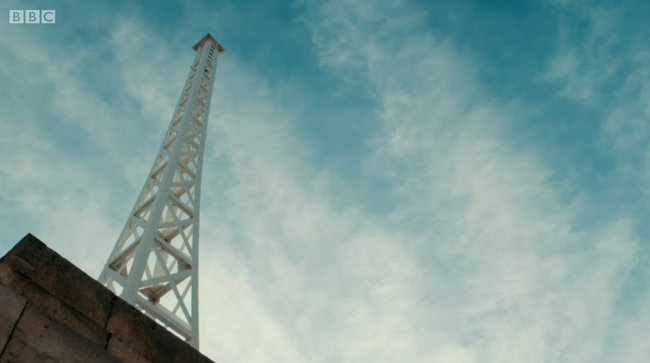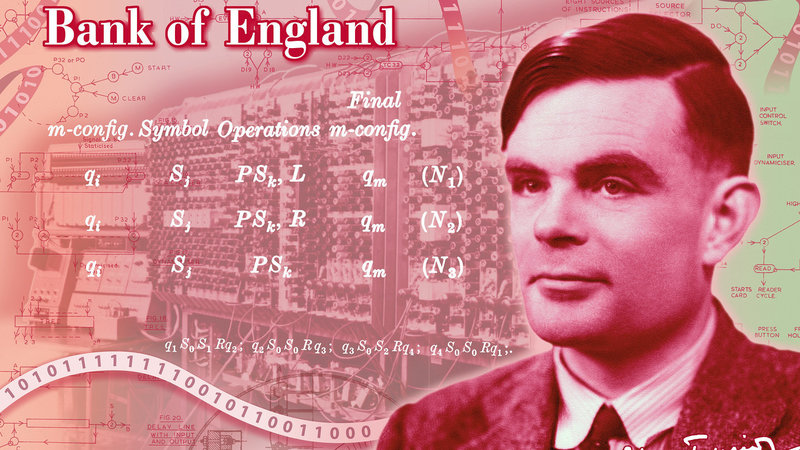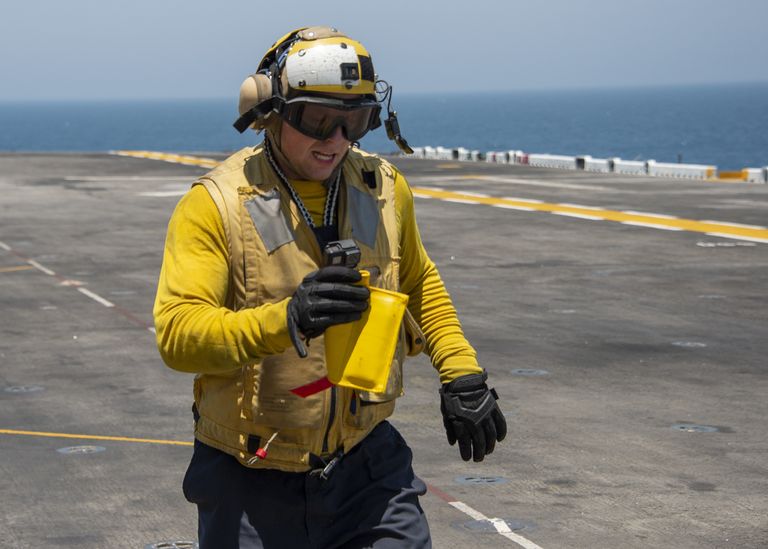
U.S. NAVY PHOTO BY MASS COMMUNICATION SPECIALIST 1ST CLASS BRIAN P. CARACCI (via Popular Mechanics)
Many thanks to SWLing Post contributor, Marty, who writes:
Hi Thomas, I spotted this article in Popular Mechanics – To Prevent Cyber Snooping, The US Navy is Relying on WWII-Era Communications – and of course I thought it was about short wave. Boy, was I wrong!
(Source: Popular Mechanics)
The U.S. Navy, anticipating a future when a high-tech enemy could read its electronic communications, is going back to a hack-proof means of sending messages between ships: bean bags. Weighted bags with messages inside are passed among ships at sea by helicopters.
In a future conflict with a tech-savvy opponent, the U.S. military could discover even its most advanced, secure communications penetrated by the enemy. Secure digital messaging, voice communications, video conferencing, and even chats could be intercepted and decrypted for its intelligence value. This could give enemy forces an unimaginable advantage, seemingly predicting the moves and actions of the fleets at sea with uncanny accuracy.
Last week, a MH-60S Sea Hawk helicopter delivered a message from the commander of an amphibious squadron to the captain of the amphibious assault ship USS Boxer. The helicopter didn’t even land to deliver it, dropping it from a hovering position before flying away. The message was contained in a bean bag dropped on the Boxer’s flight deck.
The bean bag system, as Military.com explains it, is nearly eight decades old. The system dates back to April 1942, when a SBD Dauntless dive bomber assigned to the USS Enterprise was flying a scouting mission ahead of the USS Hornet. Hornet, about to launch sixteen B-25 Mitchell bombers on a raid against Japan, was traveling in extreme secrecy to preserve the element of surprise. The Dauntless pilot encountered a Japanese civilian ship and, fearing he had been spotted, dropped a message in a bean bag on the deck of Hornet. You can see some archival footage of the event here.[…]
Click here to continue reading the full article.


